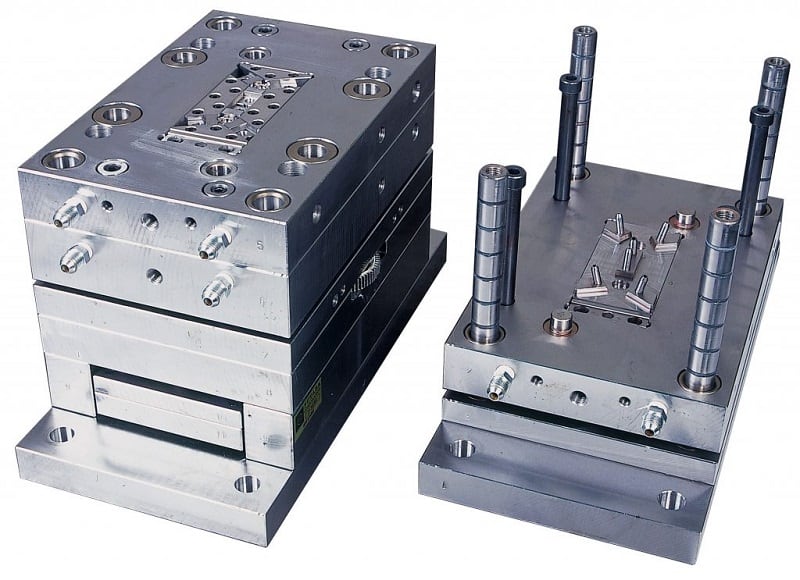With the widespread application of plastic products, the requirements for the appearance quality of plastic products are becoming higher and higher, and the surface polishing quality of injection mold processing must be improved accordingly, especially the mold surface roughness of mirrors and high-gloss surfaces. The requirements are higher, so the requirements for polishing are also higher. Polishing not only increases the appearance of the workpiece, but also improves the corrosion resistance and abrasion resistance of the surface of the material. It can also facilitate the subsequent processing of injection molds, such as making plastic products easy to demold and reducing the production injection cycle. Then what are plastic injection mold surface polishing techniques? Follow moldplasticinjection.com!

Mold Polishing Process – 4 Common Plastic Injection Mold Polishing Methods
1.Mechanical Polishing For Injection Mold Processing
Mechanical polishing is a polishing method that obtains a smooth surface by cutting and plastic deformation of the surface of the material to remove the convex parts after polishing. Generally, use whetstone strips, wool wheels, sandpaper, etc., mainly manual operation. Using auxiliary tools such as turntables, ultra-precise polishing methods can be used for high surface quality requirements. The ultra-precise grinding polishing adopts a special grinding tool. In the grinding polishing liquid containing abrasives, it is pressed against the surface of the workpiece to be processed for high-speed rotation. Using this technology can achieve a surface roughness of Ra0.008μm, which is the highest among various polishing methods. This method is often used in optical lens molds.
2.Chemical Polishing For Injection Mold Making
Chemical polishing is to make the surface of the material microscopically convex in the chemical medium dissolve preferentially, so as to obtain a smooth surface. The main advantage of this method is that it does not require complicated equipment, can polish workpieces with complex shapes, and can polish many workpieces at the same time, with high efficiency. The core problem of chemical polishing is the preparation of polishing liquid. The surface roughness obtained by chemical polishing is generally several 10 μm.
3.Electrolytic Polishing For Injection Mold Processing
The basic principle of electrolytic polishing is the same as that of chemical polishing, that is, the surface is smooth by selectively dissolving the tiny protrusions on the surface of the material. Compared with chemical polishing, the effect of the cathode reaction can be eliminated, and the effect is better.
4.Ultrasonic Polishing For Injection Mold Processing
Put the workpiece in the abrasive suspension and put it in the ultrasonic field together, relying on the vibration of the ultrasonic wave, the abrasive is ground and polished on the surface of the workpiece. Ultrasonic machining has a small macro force and does not cause workpiece deformation, but tooling production and installation are difficult. Ultrasonic processing can be combined with chemical or electrochemical methods. On the basis of solution corrosion and electrolysis, ultrasonic vibration is applied to stir the solution to dissolve the dissolved product on the surface of the workpiece, and the corrosion or electrolyte near the surface is uniform. The cavitation of ultrasonic waves in the liquid can also suppress the corrosion process and facilitate the surface brightening.
The polishing in injection mold processing is very different from the surface polishing required in other industries. Strictly speaking, the polishing of the mold should be called mirror processing. It not only has high requirements for polishing itself, but also has high standards for surface flatness, smoothness and geometric accuracy.
